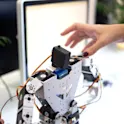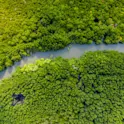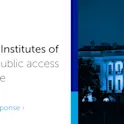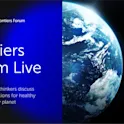
Featured news
31 May 2023
New health indicator can revolutionize how we measure and achieve well-being
by Liad Hollender, Frontiers science writer Image: Shutterstock Researchers reveal how a new assessment of health called ‘human functioning’ could bridge health and well-being, with far reaching benefits to individuals and society as a whole. Publishing in Frontiers in Science, the authors chart a plan for implementing human functioning into health systems, by recognizing it as a major health indicator alongside mortality and morbidity and establishing a new scientific field called human functioning sciences. The term ‘well-being’ entered popular vocabulary during the Covid-19 pandemic soon after ‘lockdown’ and ‘quarantine’. We quickly discovered that without the ability to take walks, socialize, and work, our well-being suffered. Health was suddenly more than just the state of our bodies – it also depended on our ability to engage in activities that matter to us. Though this was a revelation to many, the World Health Organization (WHO) had already begun this rethinking of health. It created a new concept and assessment framework to capture the multi-dimensional nature of our everyday health experience, called ‘human functioning. “Despite its great promise, this new tool has not been implemented widely in healthcare and policy. Our team’s goal is to make it happen,” said Prof Gerold Stucki, a […]













